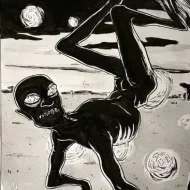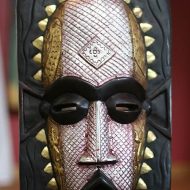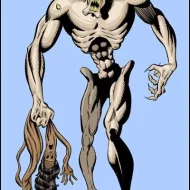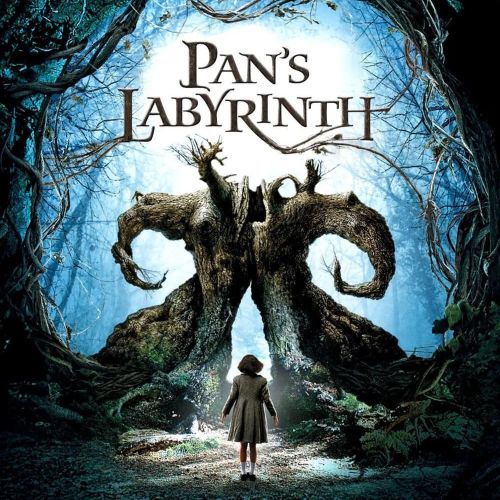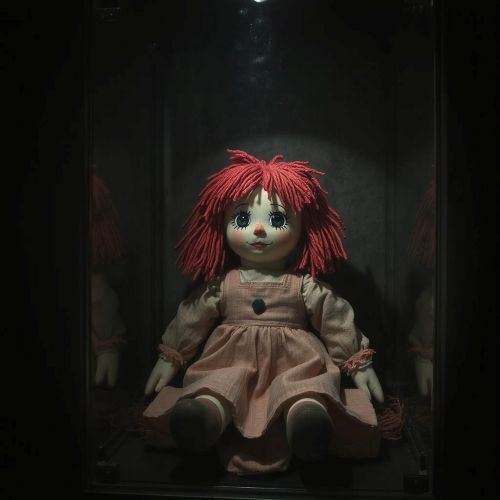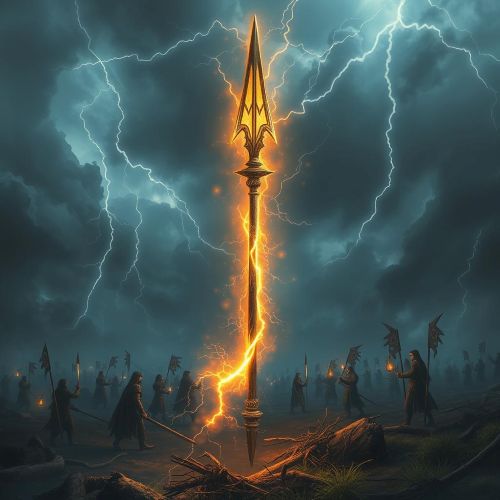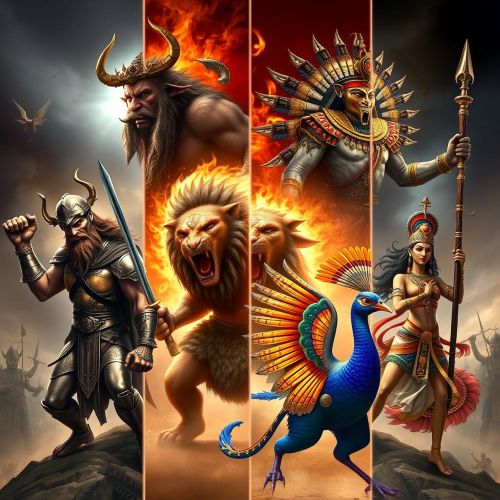Obayifo : The African Vampire
Listen
At a glance
| Description | |
|---|---|
| Origin | African Mythology |
| Classification | Ghosts |
| Family Members | N/A |
| Region | Ghana, Togo, Cote de Ivory |
| Associated With | Blood sucking, Evil, Black Magic |
Obayifo
Introduction
Within the folklore of the Ashanti people in Ghana’s Gold Coast region, a figure emerges—a witch wielding powers to absorb the lives and energy of others. Known as an obayifo, this entity is believed to be an innate predisposition at birth, incapable of being passed on to others. Despite being considered human, the obayifo’s true nature remains concealed unless attacked in the presence of others, as they emit phosphorescence when faced with a threat.
Physical Traits
Practitioners of this form of witchcraft are recognized by their furtive glances and an unusual fixation on food. It is said that they possess the ability to emit phosphorescent light from their anus and armpits while in motion. These individuals share similarities with the asiman, known for their shape-shifting, flying capabilities, and nocturnal hunting prowess.
Family
Within the Ashanti region, those engaging in the practice of witchcraft, known as bayi, are commonly identified as obayifo. However, this term encompasses both practitioners of this craft and those who transform into monstrous entities. The differentiation lies in gender, with obayifo exclusively denoting men practicing witchcraft, while the term is ascribed to women who transform into monsters. The phosphorescent nature of obayifo has led to beliefs connecting them to African vampire shamans.
Other names
Although it’s commonly referred to as a vampire, the obayifo differs from the European version of this creature. It’s regarded as an evil witch who feeds off the despair and fear of people. Some names for this witch are asanbosam, obeyifo, and asiman.
Powers and Abilities
Driven by an insatiable appetite, the witch departs her physical form at night, as the obayifo takes flight in search of prey, often targeting children and crops. The cacao tree, a key ingredient in chocolate, holds a particular allure for her. The extraction of a person’s life-energy is a prolonged process, sometimes spanning several days before the unfortunate victim succumbs. Consuming a mystical elixir crafted from vegetable and fruit juices empowers the obayifo to morph into diverse animal shapes, leveraging these forms to carry out lethal attacks on unsuspecting individuals.
Modern Day Influence
In certain regions of Ghana, the ancient tradition of venerating traditional gods and spirits persists, facilitated by the guidance of a Shaman. While the obayifo is distinct from a zombie, being a living being animated by an evil spirit, its presence can be elusive within the tight-knit community it inhabits. Only a White wizard, shaman, or Okomfo is believed to possess the discernment to effectively communicate with and direct the obayifo. The Okomfo is revered as the sole safeguard against the malevolent influence of the witch.
Related Images
Frequently Asked Questions
What is the African name for vampires?
In African folklore, there are several beings with vampiric characteristics. For instance, the Obayifo is a vampire-like mythological creature from West Africa, specifically from the folklore of the Ashanti people.
Who are the vampires in African culture?
The Obayifo is a vampire-like mythological creature from West Africa, specifically from the folklore of the Ashanti people. It is believed to be a living human being who has the power to leave its physical body at night to travel and attack others, often draining them of their blood or life energy.
What is the African witch folklore?
The Obayifo is a vampire/witch-like mythological creature from West Africa, specifically from the folklore of the Ashanti people. Obayifo are very common and may inhabit the bodies of any man or woman. They are described as having shifty eyes and being obsessed with food.




